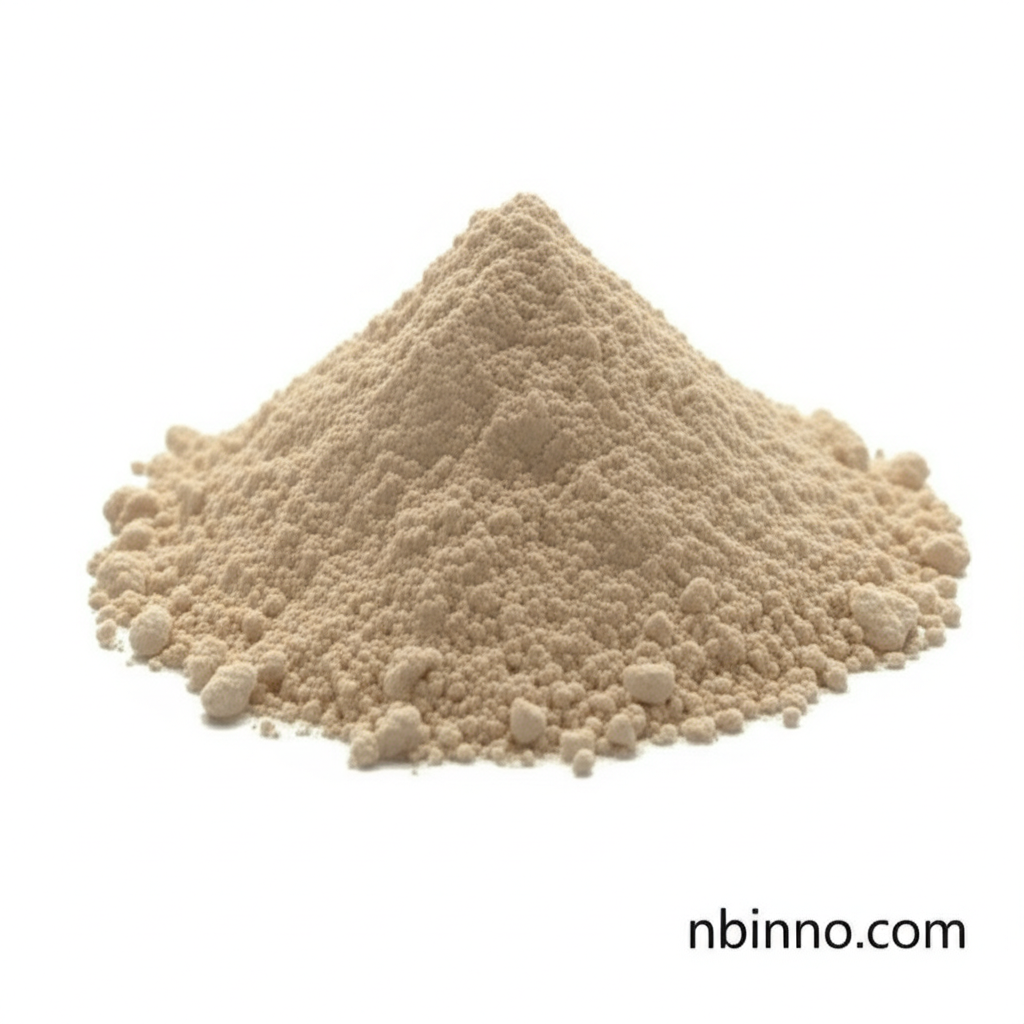N1-(3-Aminophenyl)acetamide CAS 102-28-3: A Versatile Intermediate for Dyes and Organic Synthesis
Discover the key applications and properties of this vital compound in organic synthesis and dye manufacturing.
Get a Quote & SampleProduct Core Value

N1-(3-Aminophenyl)acetamide
N1-(3-Aminophenyl)acetamide, also known by its CAS number 102-28-3, is a fundamental chemical compound extensively utilized as a reaction intermediate. Its primary significance lies in its role within the dye industry, particularly for synthesizing disperse dyes and reactive yellow K-RN, and as a building block in broader organic synthesis applications.
- Discover the essential properties of N1-(3-Aminophenyl)acetamide, a key organic synthesis intermediate for your chemical needs.
- Explore the diverse applications of m-Aminoacetanilide as a crucial component in dye manufacturing, contributing to vibrant colorations.
- Understand the synthesis pathways of 3'-Aminoacetanilide and its importance in creating complex organic molecules.
- Learn about the reliable supply of CAS 102-28-3, a compound vital for both dye and pharmaceutical intermediate production.
Advantages Offered by This Product
Versatile Chemical Intermediate
Leverage the versatility of N1-(3-Aminophenyl)acetamide in various organic synthesis projects, enabling the creation of complex molecules.
Essential for Dye Industry
Utilize this compound as a critical raw material for producing high-quality disperse dyes and reactive dyes, ensuring vivid and lasting colors.
Reliable Pharmaceutical Building Block
Benefit from the use of CAS 102-28-3 as a pharmaceutical intermediate, supporting the development of new therapeutic agents.
Key Applications
Dye Manufacturing
As a primary dye intermediate, N1-(3-Aminophenyl)acetamide is instrumental in the production of various colorants, including popular disperse dyes and reactive yellow K-RN.
Organic Synthesis
Its chemical structure makes it a valuable building block in organic synthesis, facilitating the creation of a wide range of complex organic compounds and heterocycles.
Pharmaceutical Intermediates
This compound serves as an intermediate in the pharmaceutical sector, contributing to the synthesis of active pharmaceutical ingredients (APIs) and other crucial drug components.
Pigment Production
Beyond dyes, its versatile nature extends to applications in the pigment industry, enhancing the color properties of various materials.
